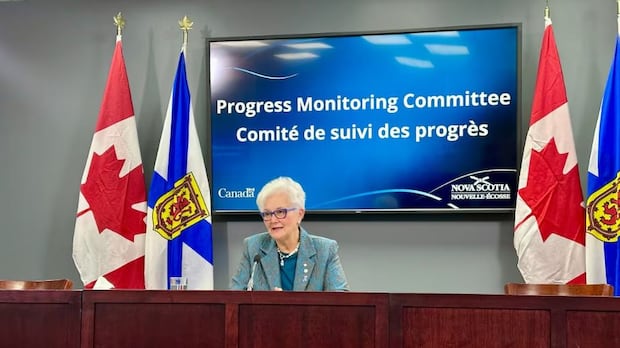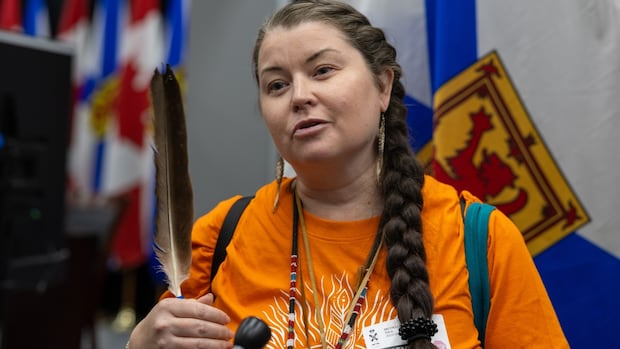The finish line was in Spain. How did this racing pigeon end up in Nova Scotia?

When a Spanish pigeon fancier released his eight-month-old pigeon for its very first race, little did he know that the bird would end up on a remote sandbar off Nova Scotia, instead of its intended destination of Majorca from Ibiza. The pigeon, numbered 9,550, was part of a competition that involved hundreds of messenger pigeons being released from a truck on the Spanish island of Ibiza.
David Fernández, the pigeon’s owner, initially feared the worst when the bird did not return to its dovecote after the race. He suspected that it may have been attacked by a bird of prey. However, what he did not expect was for the pigeon to end up some 5,000 kilometers away on Sable Island in the Atlantic Ocean.
Pigeon racing is a traditional sport that involves training messenger pigeons to fly back to their homes over a specific distance, measuring their average flight speed. Kristina Penn, a Parks Canada employee on Sable Island, was surprised when a colleague found the lost pigeon on the island in late March. This was only the second time a pigeon had been spotted on the island, with the previous occurrence involving a racing pigeon from the U.S. in 2017.
Thanks to a leg brace with identification details on the bird, Penn was able to trace the pigeon back to a fancier in the Balearic Islands. She theorized that the pigeon, named Peter during its time on Sable Island, had likely hitched a ride on a cargo ship during its race, leading it to end up so far from home.
After a week of care on Sable Island, Peter was flown to a wildlife rehabilitation center in mainland Nova Scotia. Brianna Bowes, a wildlife care specialist at Hope for Wildlife, noted that the pigeon was thin, dehydrated, and had a gastrointestinal parasite upon arrival. However, with proper care and treatment, Peter began to recover and gain weight over the following weeks.
Two months after the pigeon’s unexpected journey, Fernández received news from the Spanish Colombophile Federation that Peter had safely arrived on Sable Island. He expressed relief that the bird was being well cared for in Canada and stated that he was open to either letting Peter stay at Hope for Wildlife or bringing him back to Spain, depending on what is best for the bird.
Fernández acknowledged that naming a pigeon is not common practice unless they achieve a significant accomplishment, and making it all the way to Sable Island was undoubtedly a remarkable feat for Peter. The little adventurer had certainly made quite an unexpected journey, showcasing the resilience and adaptability of these remarkable birds in the face of unforeseen challenges.




